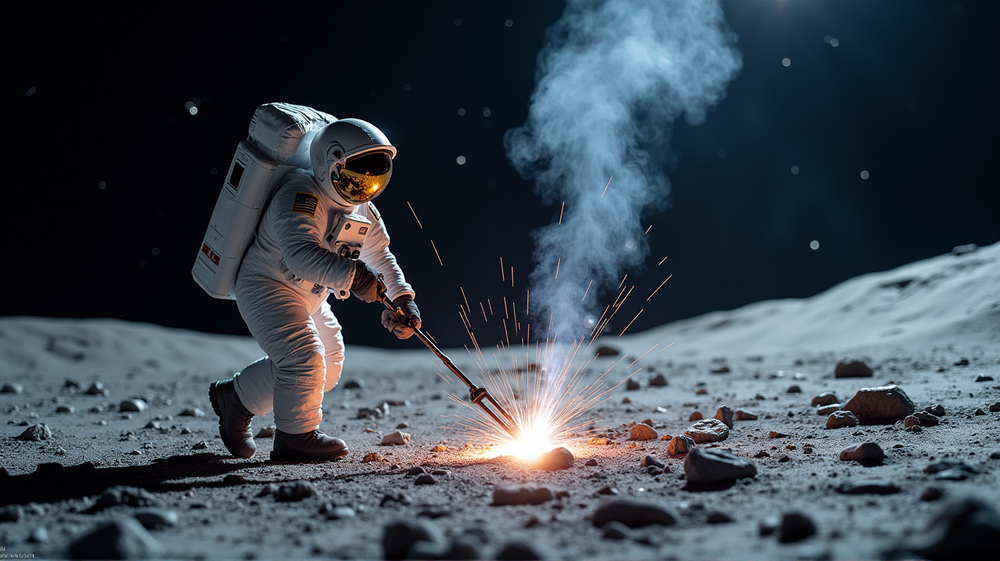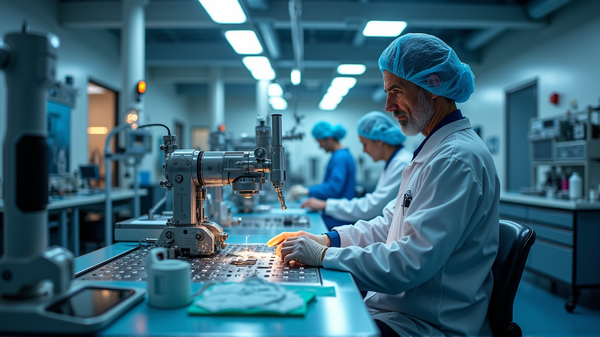Lunar Welding: Pioneering Techniques for Space Construction
As humanity eyes the moon with aspirations of establishing long-term human presence, groundbreaking efforts are paving the way, quite literally, for making celestial construction a reality. At the forefront of this innovation is Dr. Wei Li, a visionary engineer at The University of Texas at Dallas, whose work is redefining the limits of what’s possible in space construction.
Trailblazing a New Path
The challenge of welding structures in the hostile environment of the moon looms large. Dr. Li is ambitiously addressing this with the creation of a virtual lunar welding platform. This platform is designed not just to simulate, but to tackle the unique lunar challenges posed by temperature extremes, vacuum environments, and drastically lower gravity. Such work is poised to revolutionize the very fabric of space habitation.
Navigating Lunar Perils
The moon is no forgiving realm. Its thin atmosphere results in dramatic temperature shifts, from minus 387 to 260 degrees Fahrenheit, accompanied by an extreme vacuum. The surface gravity, a mere fraction of Earth’s, adds another layer of complexity to the equation. Dr. Li’s pioneering efforts aim to overcome these obstacles, employing diverse welding techniques such as electrical arc, laser, and electron-beam welding.
Collaboration with NASA
This initiative is backed by a significant NASA Early Stage Innovations grant and has Dr. Li collaborating with NASA researchers. They strive to validate their simulation models, drawing from both ground-based testing and historical data from past missions like Skylab. According to Space Daily, this collaboration holds the promise of adapting this groundbreaking platform for Mars and the International Space Station, shaping the future of in-space manufacturing and construction.
A Vision for Space Habitats
Imagine assembling colossal structures on the moon’s surface without the crutch of Earth-like machine shops. Dr. Li envisions a future where essential components are shipped from Earth and expertly assembled in space, forming the backbone of a thriving lunar community. The cutting-edge simulations and innovative virtual platform developed by his team offer a blueprint for such bold advancements.
With each simulation and model tested, the dream of living and working on the moon inches closer to reality. As Dr. Li’s groundbreaking research progresses, so does the dream of a permanent, thriving human presence on the moon, and perhaps one day, Mars.




